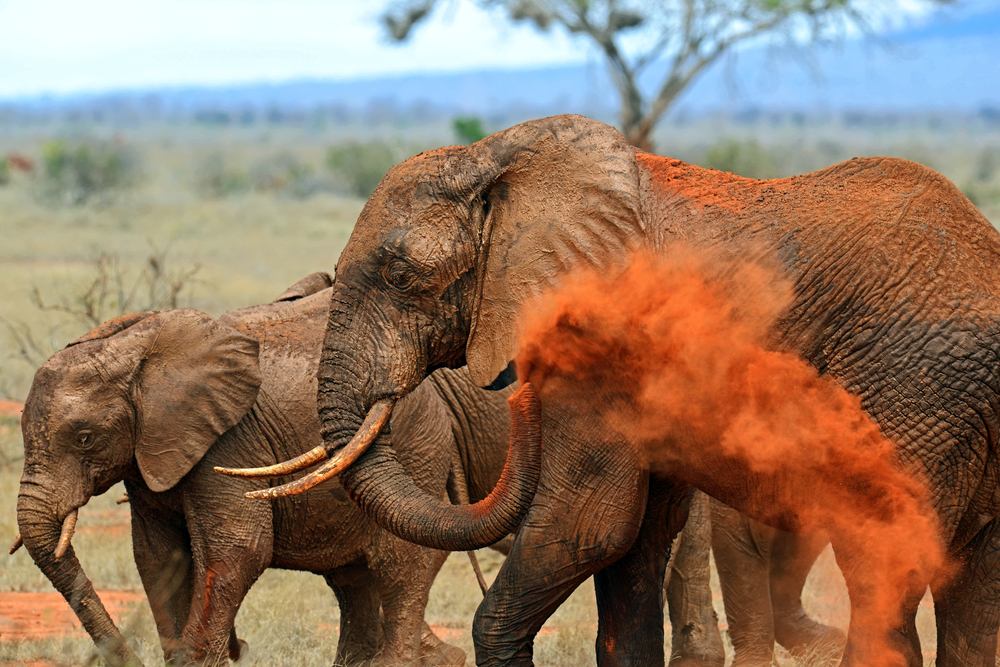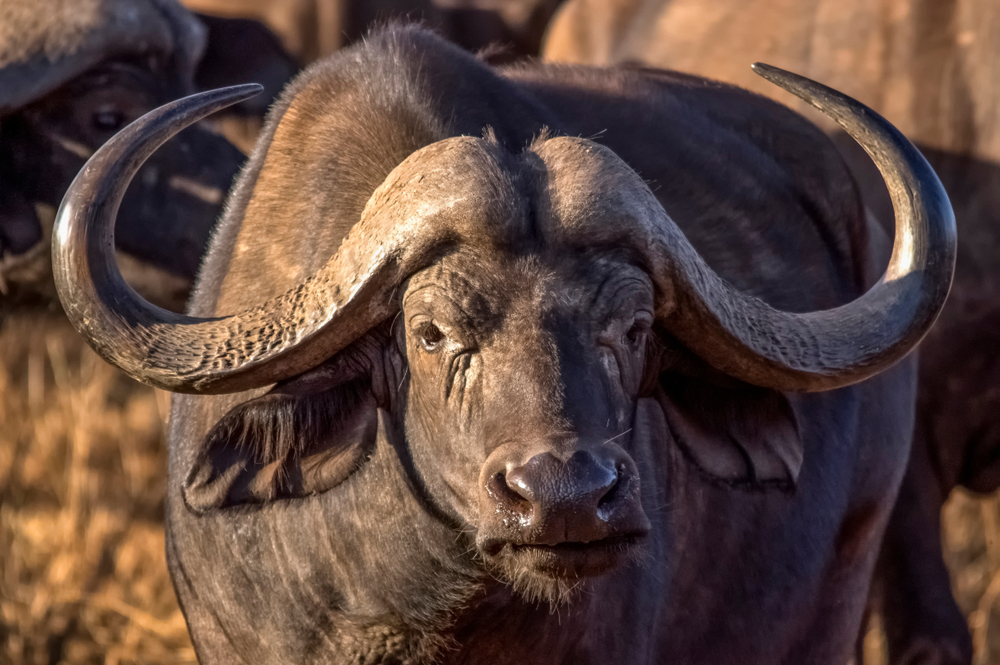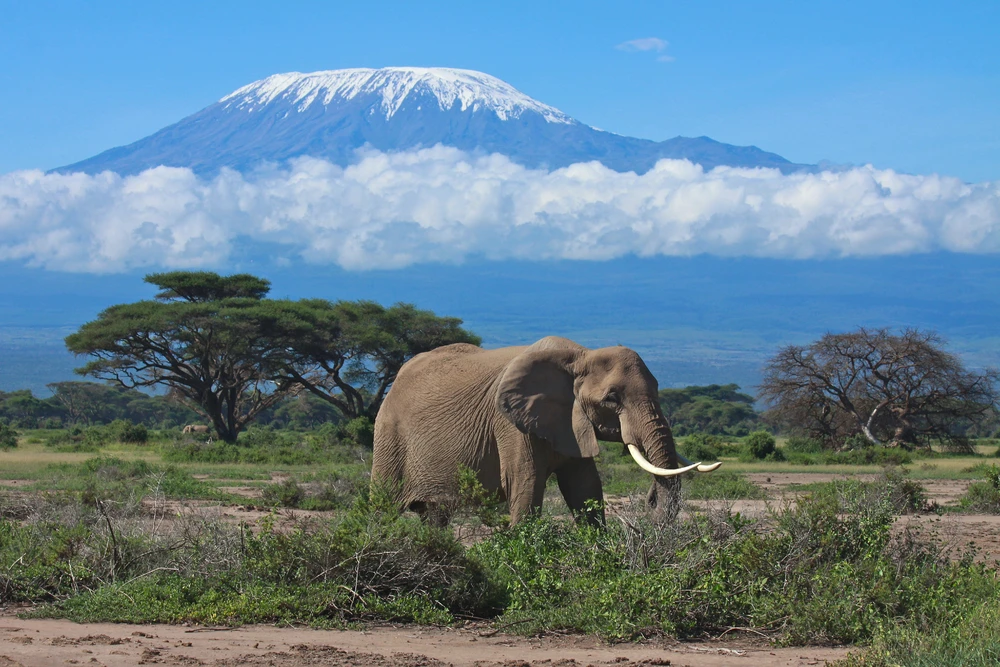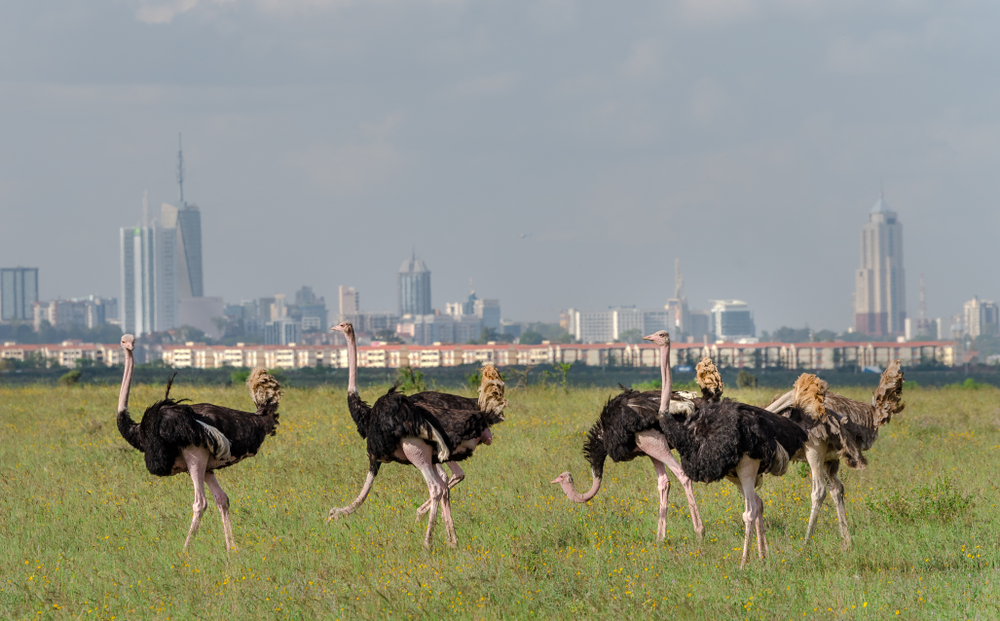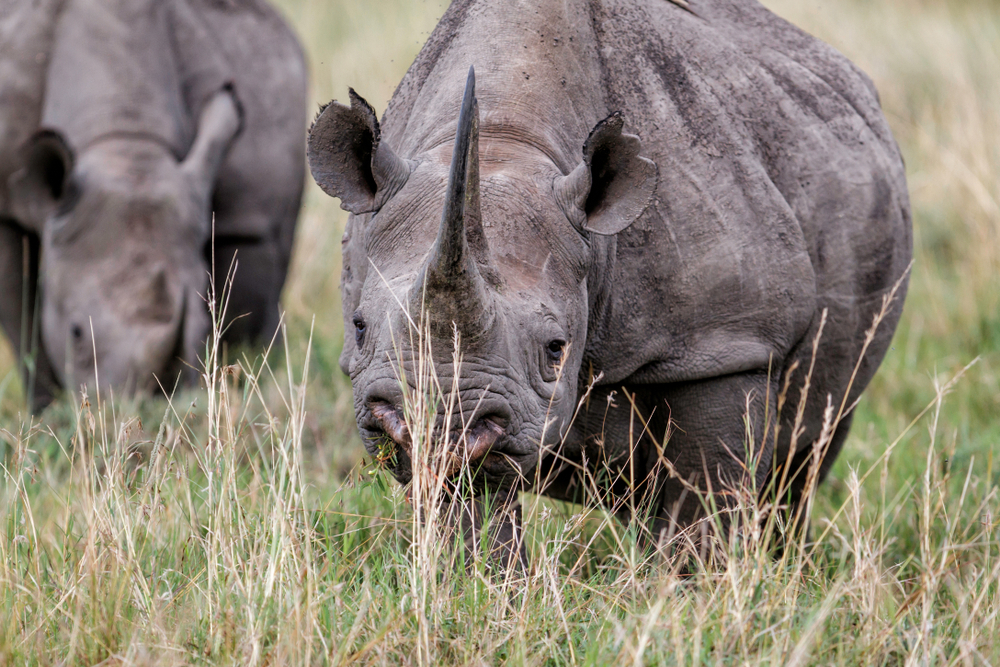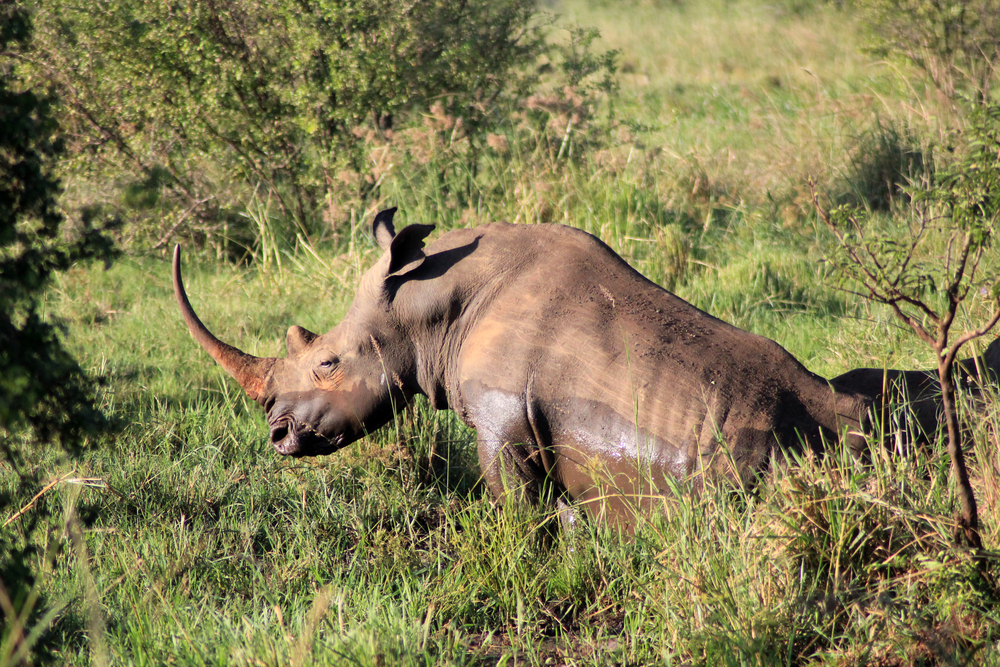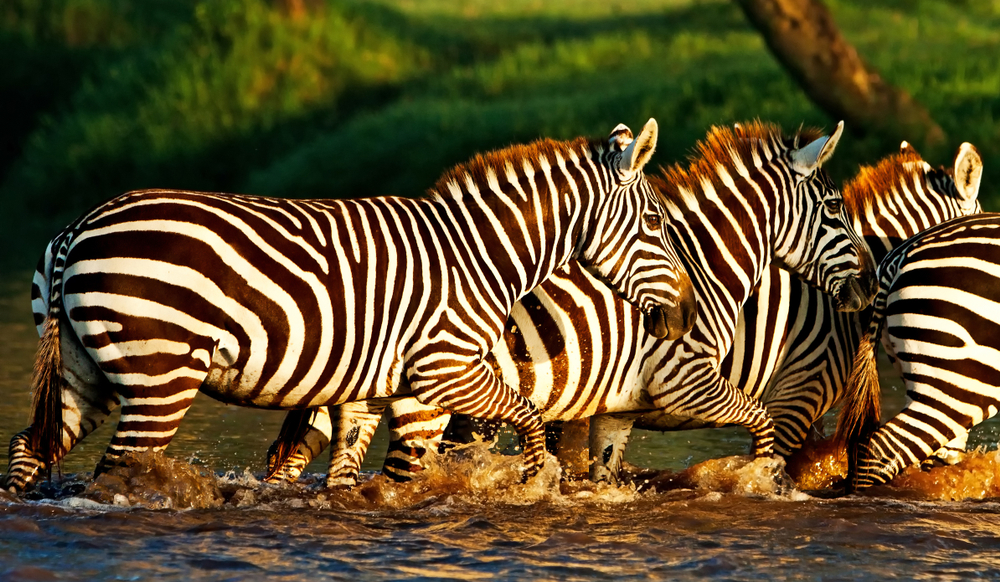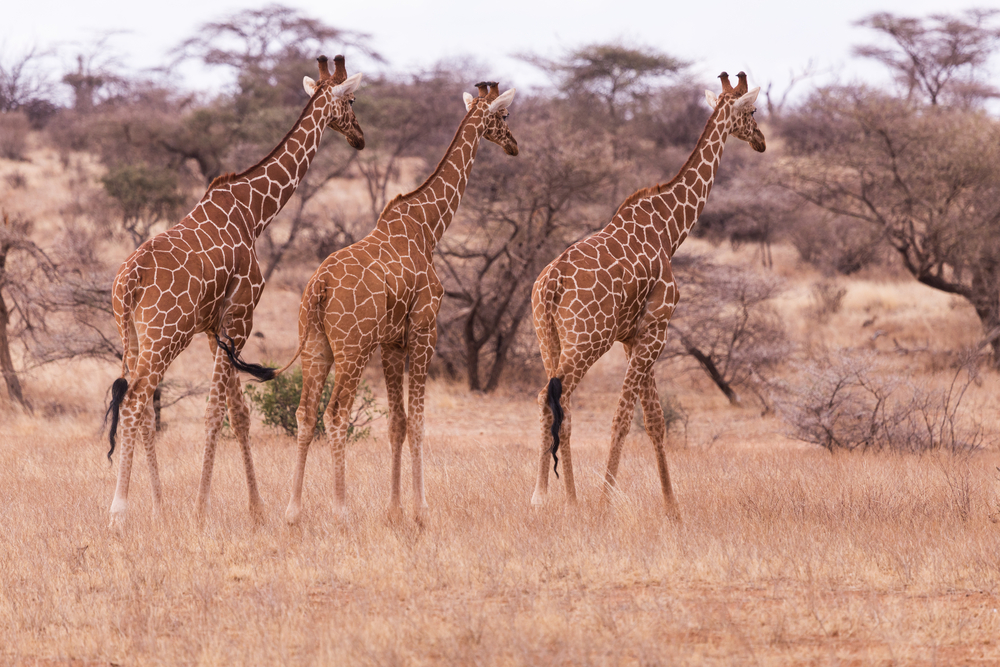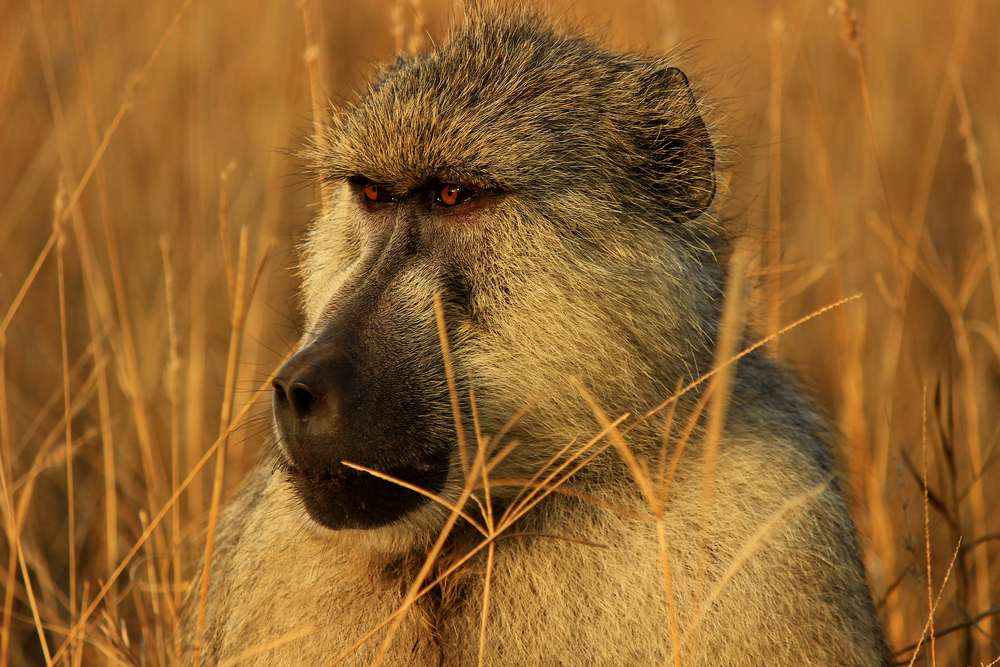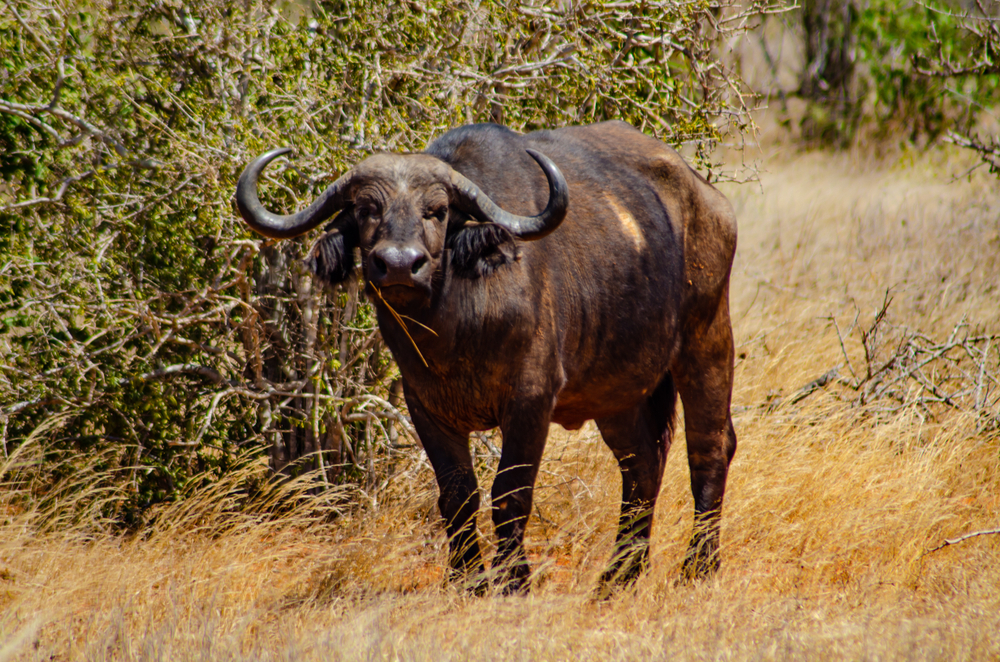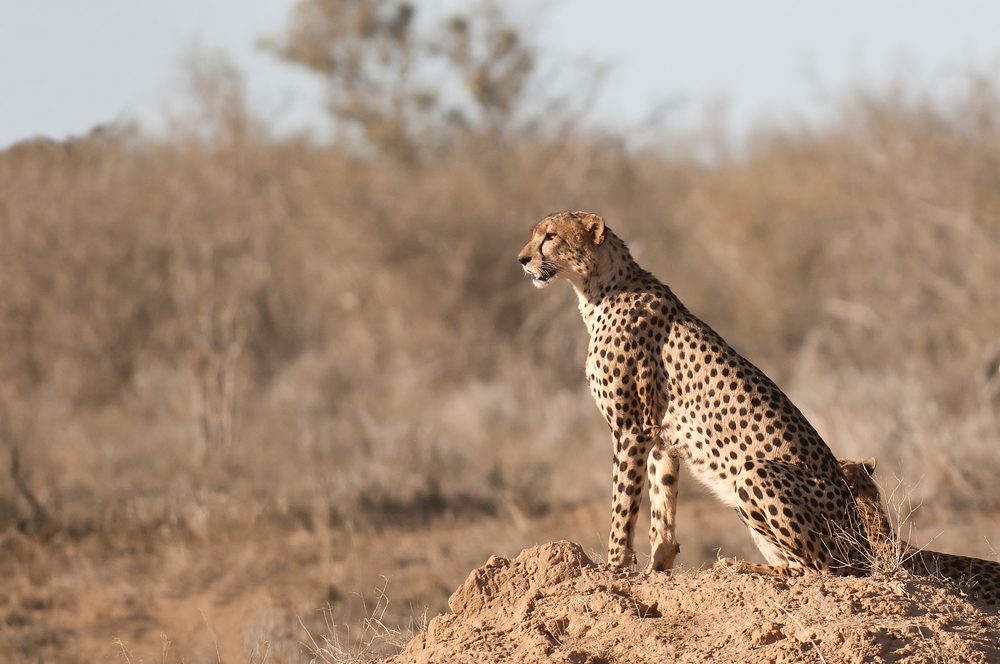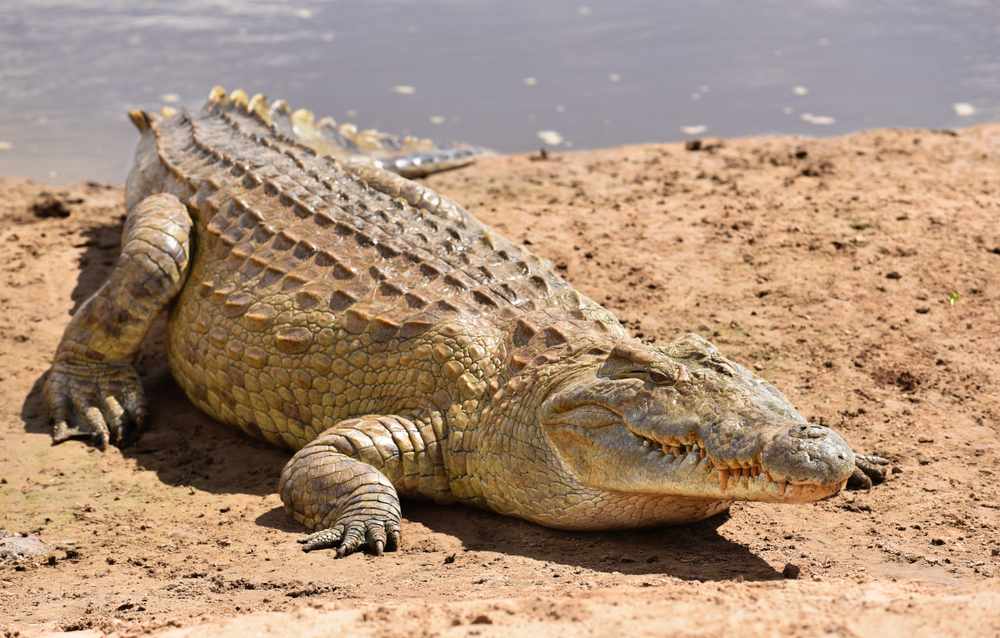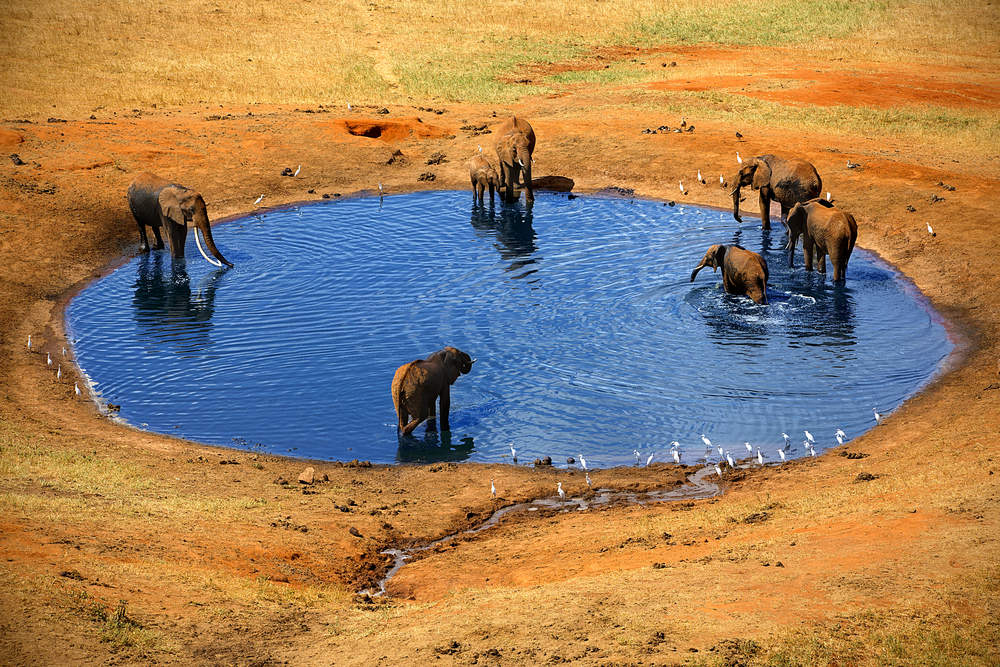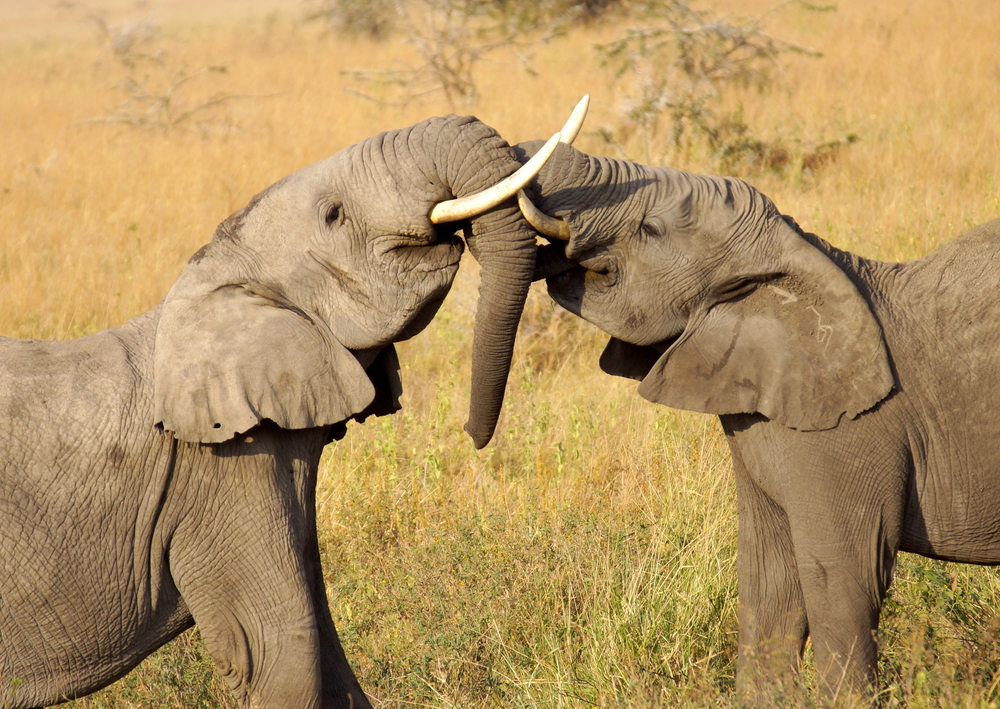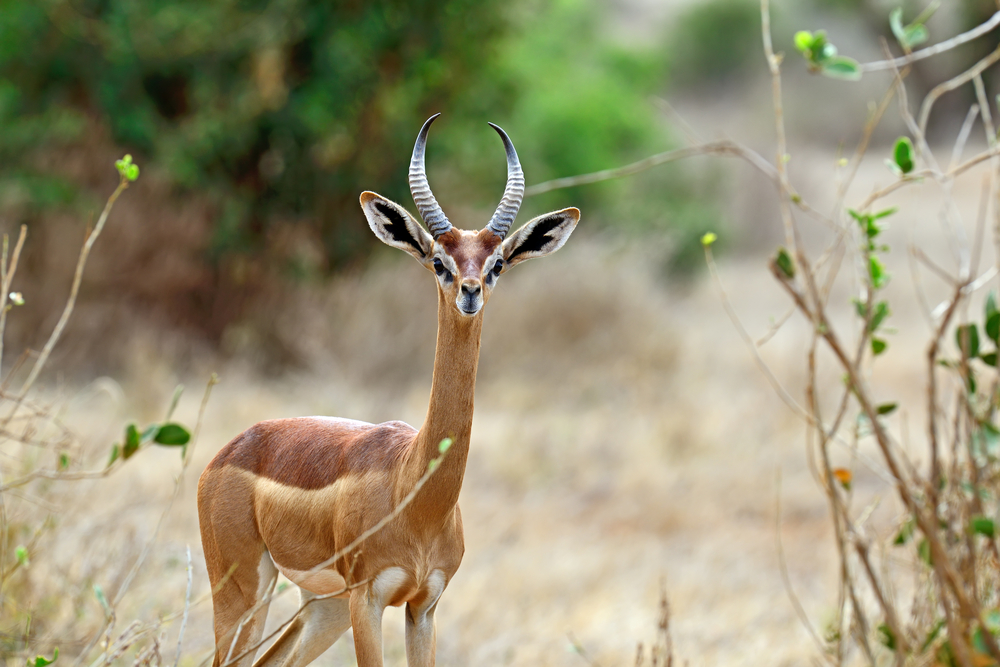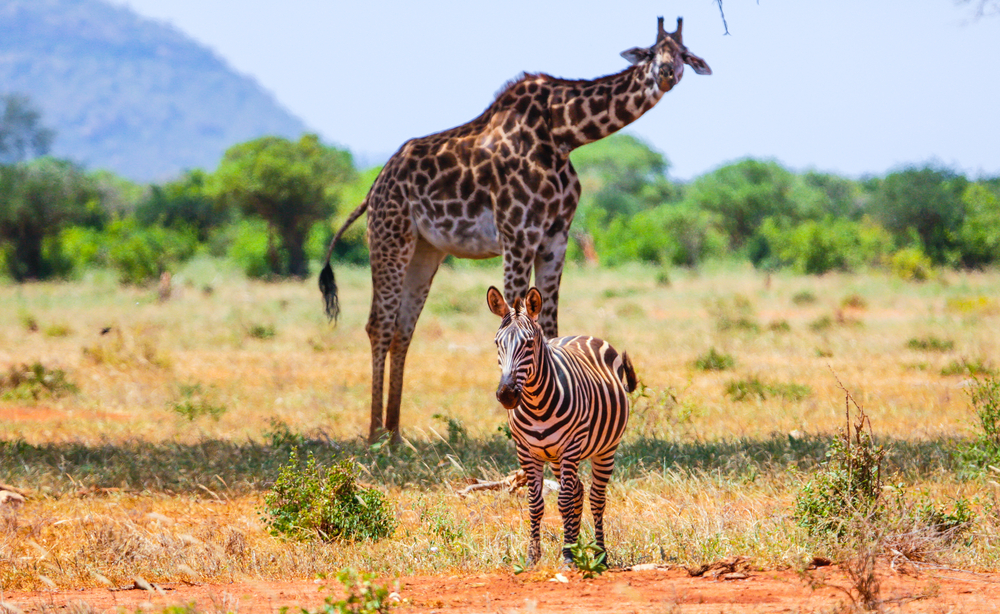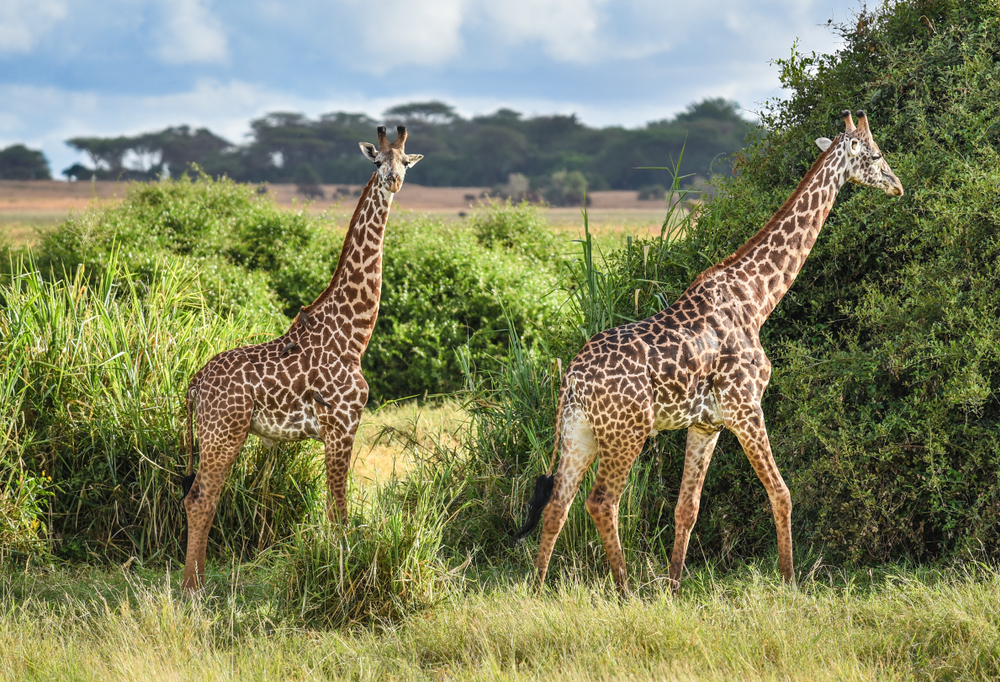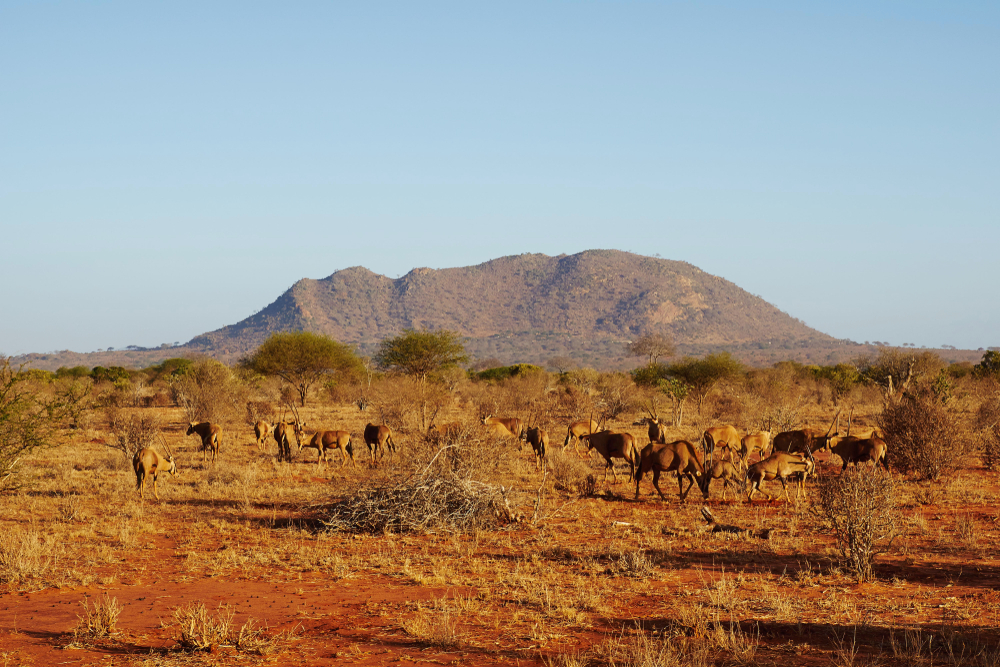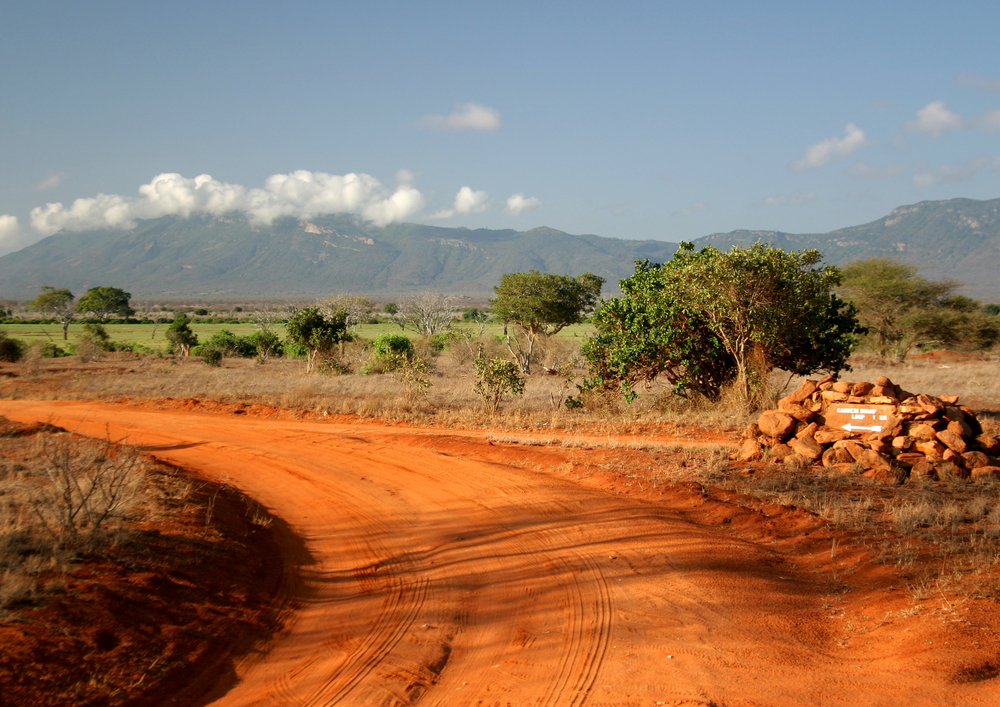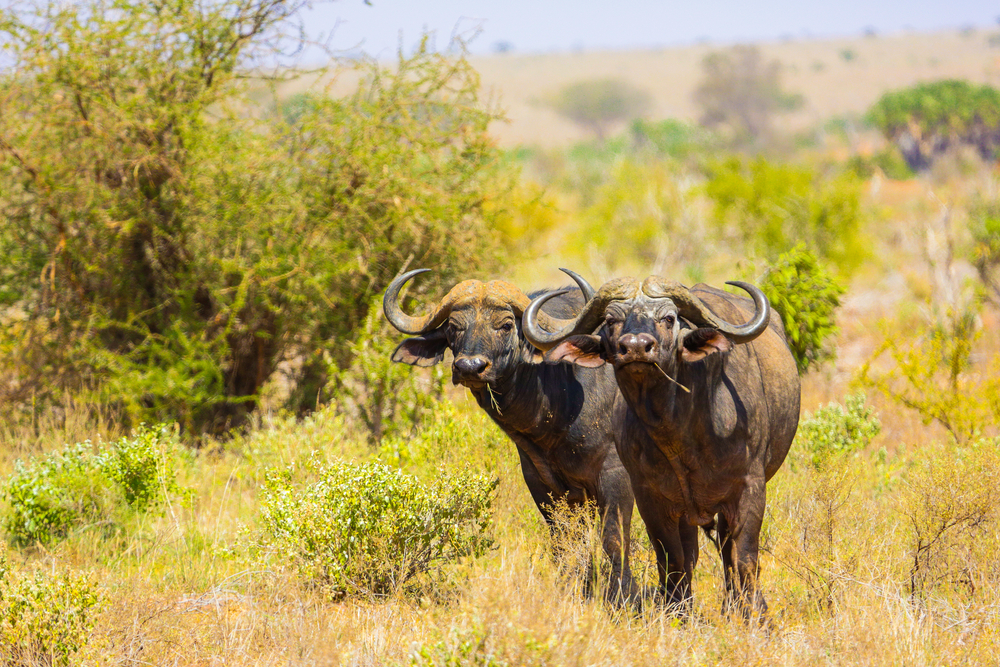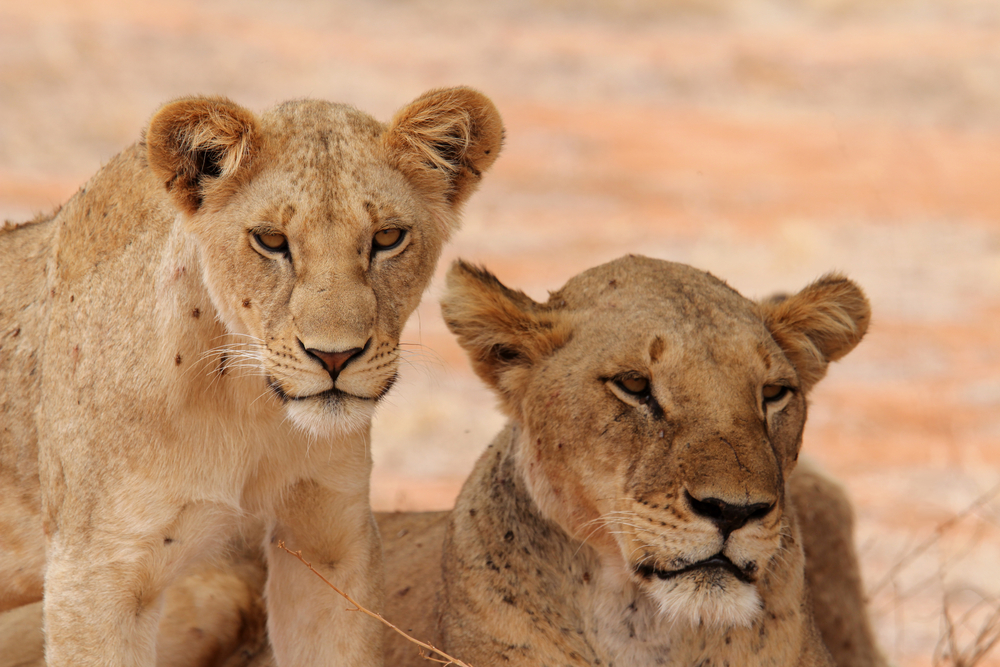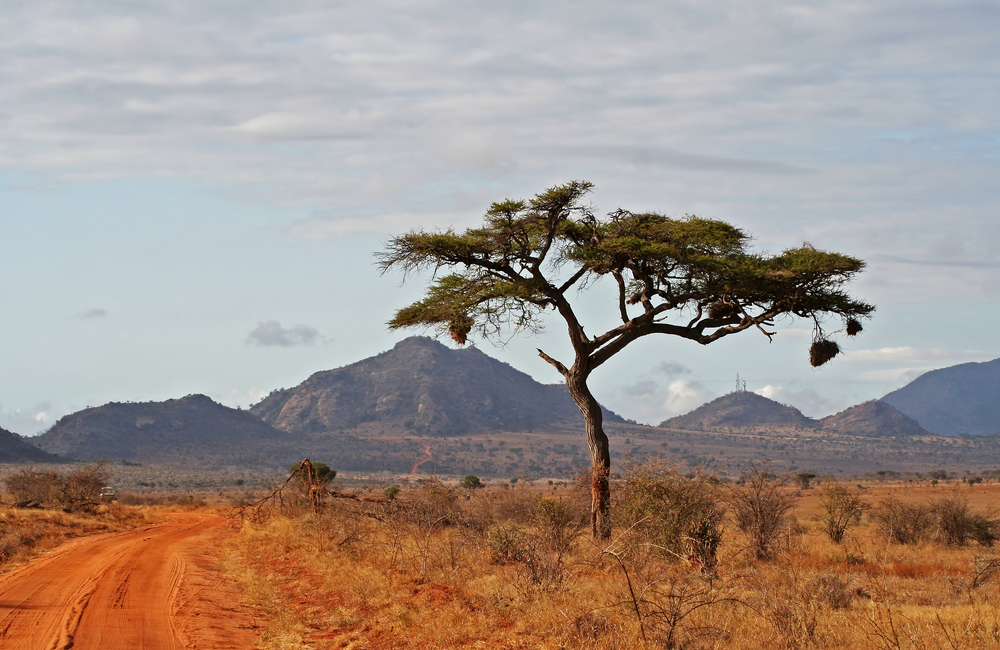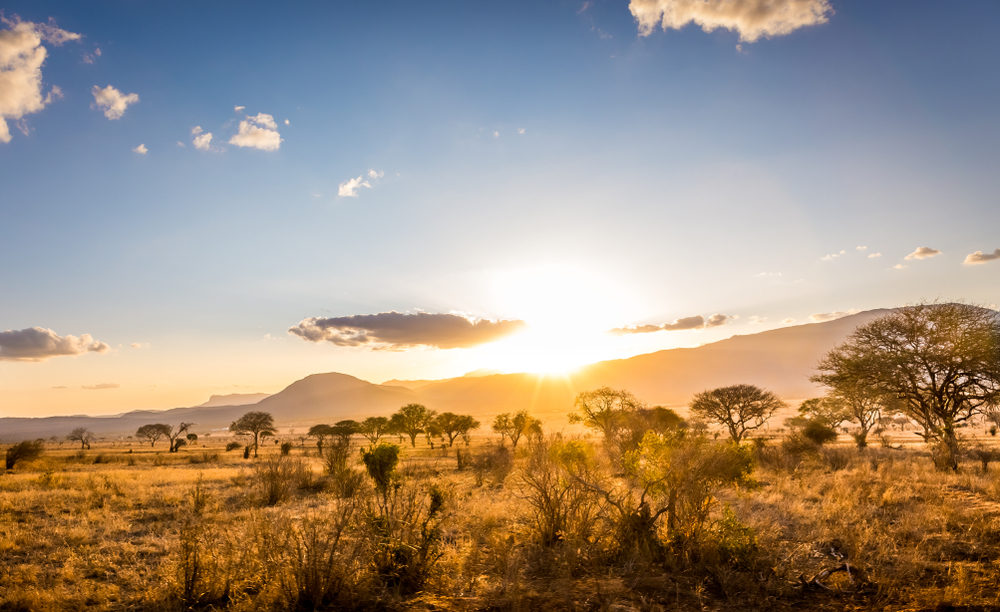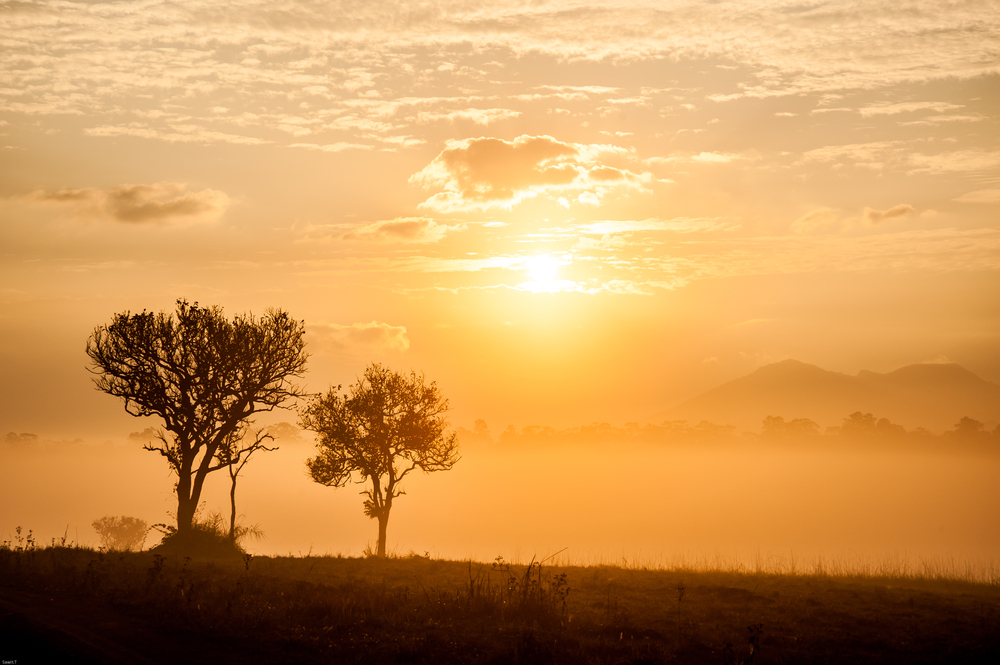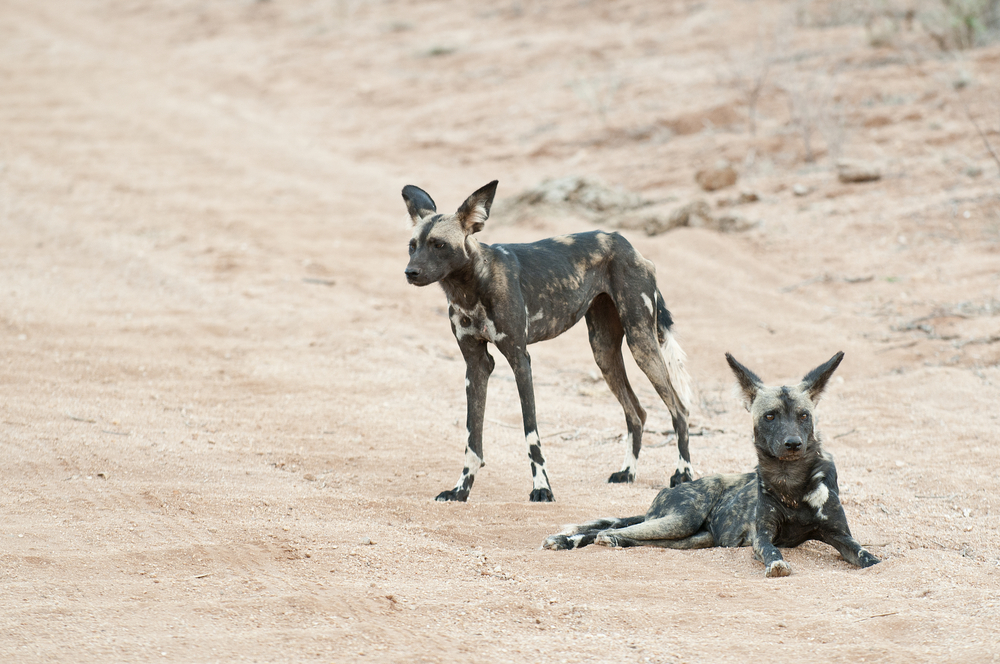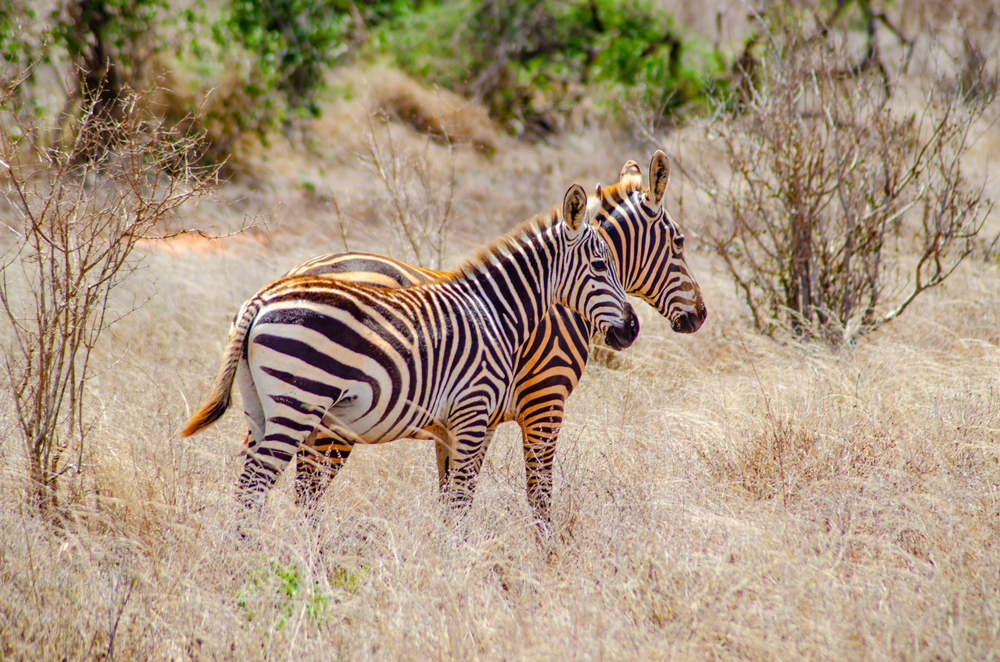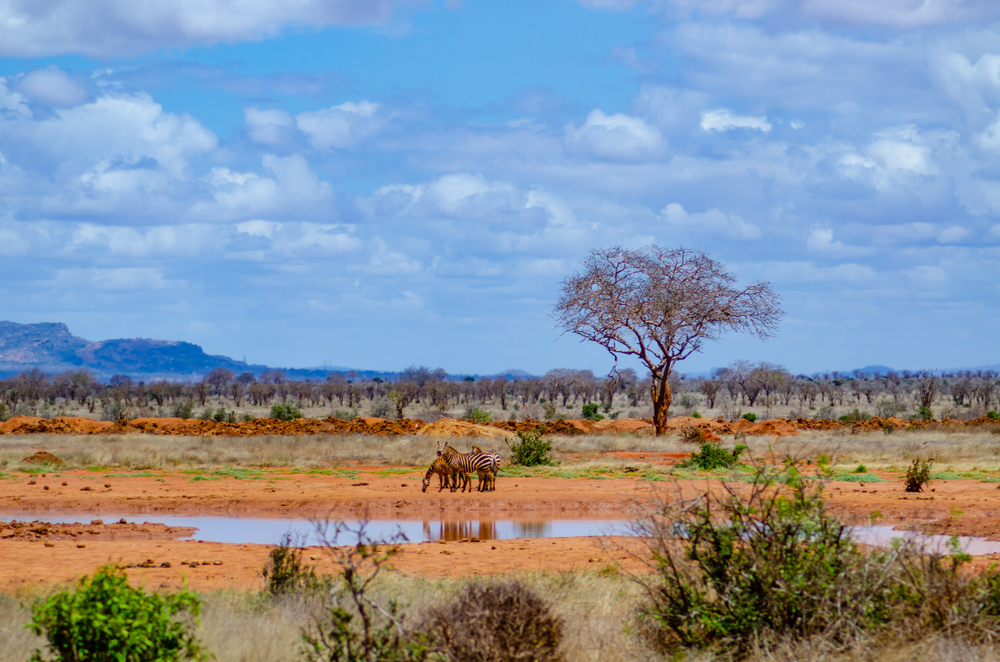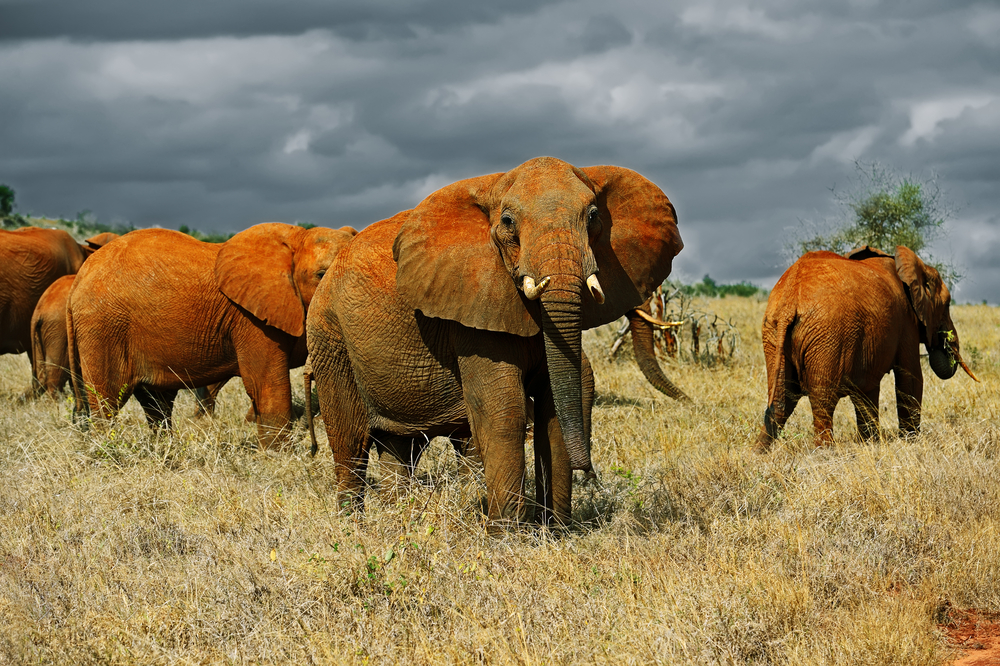Popular
Tsavo East National Park, sprawling across vast Kenyan landscapes, is not only a haven for formidable predators but also hosts a myriad of other wildlife species, each contributing to the park’s rich tapestry of biodiversity. Amidst its red-dust savannas, riverine forests, and rugged outcrops, these animals thrive, drawing visitors from around the globe to witness Africa’s natural beauty.
African Elephant – Tsavo is famed for its large herds of red elephants, dust-bathed in the park’s iconic red soil, symbolizing the wild African spirit.
Giraffe – The park’s giraffes, with their long necks and unique patterns, browse on the higher branches of acacia trees, a serene sight against the Tsavo backdrop.
African Buffalo – These formidable herbivores move in large herds, their strength and unity a defense against predators, embodying the raw power of the African wilderness.
Zebra – The striking black-and-white striped zebras of Tsavo are a quintessential symbol of the African savanna, often seen grazing in large herds.
Hippo – In the park’s waterholes and rivers, hippos spend most of the day submerged to keep cool, emerging at dusk to graze on land.
Impala – Graceful and agile, impalas are commonly spotted in Tsavo, their herds navigating the savanna and woodlands, always alert for predators.
Waterbuck – With their shaggy coats and distinctive white ring on the rump, waterbucks are often found near Tsavo’s water sources, as their name suggests.
Bushbuck – These shy, solitary antelopes prefer the dense underbrush of Tsavo, their elusive nature making sightings a rewarding experience for wildlife enthusiasts.
Eland – The largest of African antelopes, elands are impressive both for their size and for the males’ spiral horns, roaming Tsavo’s plains in search of grazing.
Warthog – The park’s warthogs, with their distinctive tusks and kneeling grazing posture, add a touch of whimsy to the Tsavo landscape, embodying the adaptability of nature.
These species, among many others, make Tsavo East National Park a mosaic of life, where the drama of survival and the beauty of existence play out against the backdrop of one of Kenya’s most breathtaking landscapes.








































































